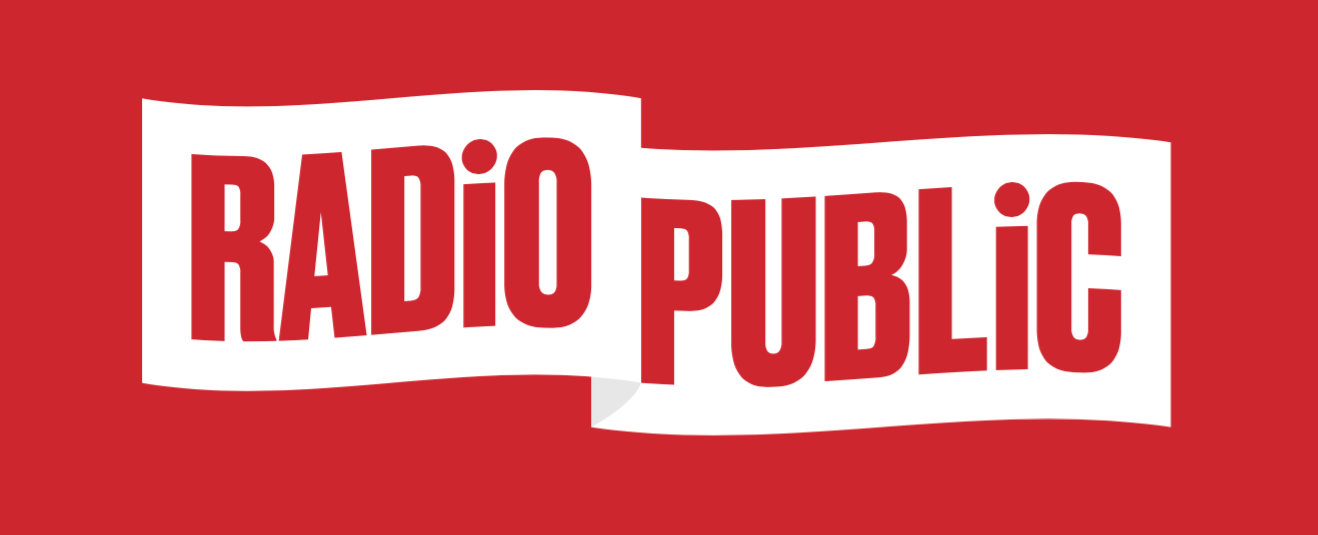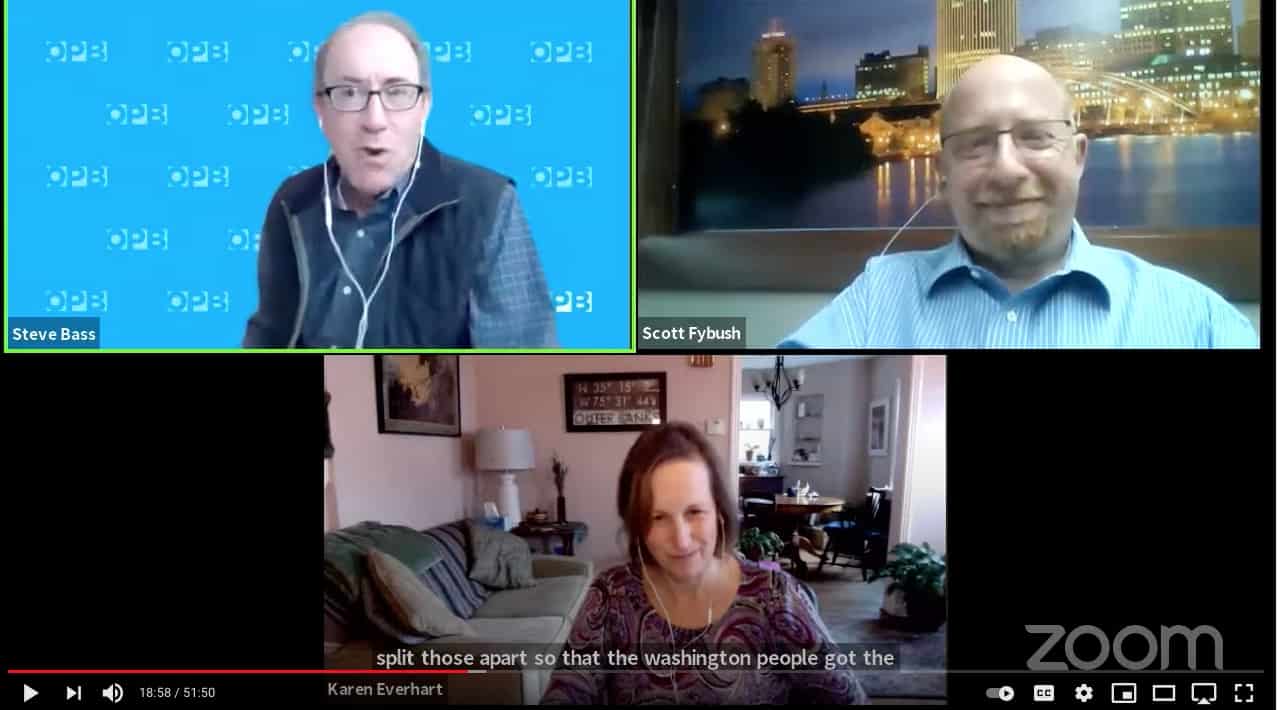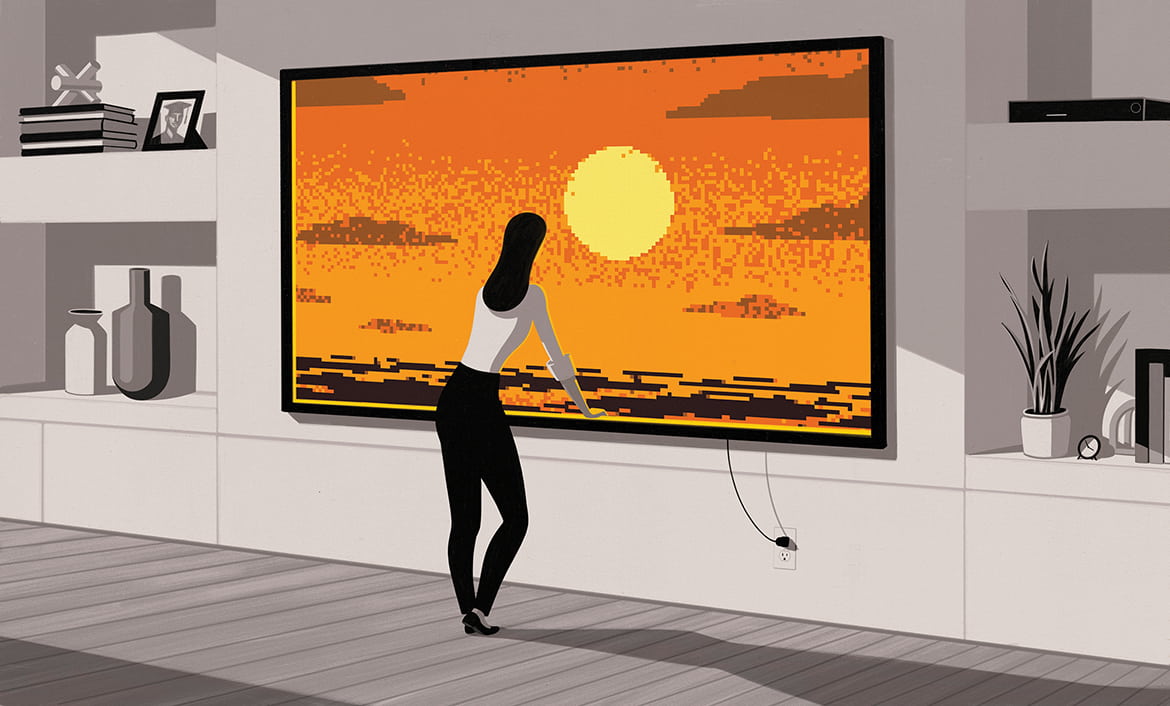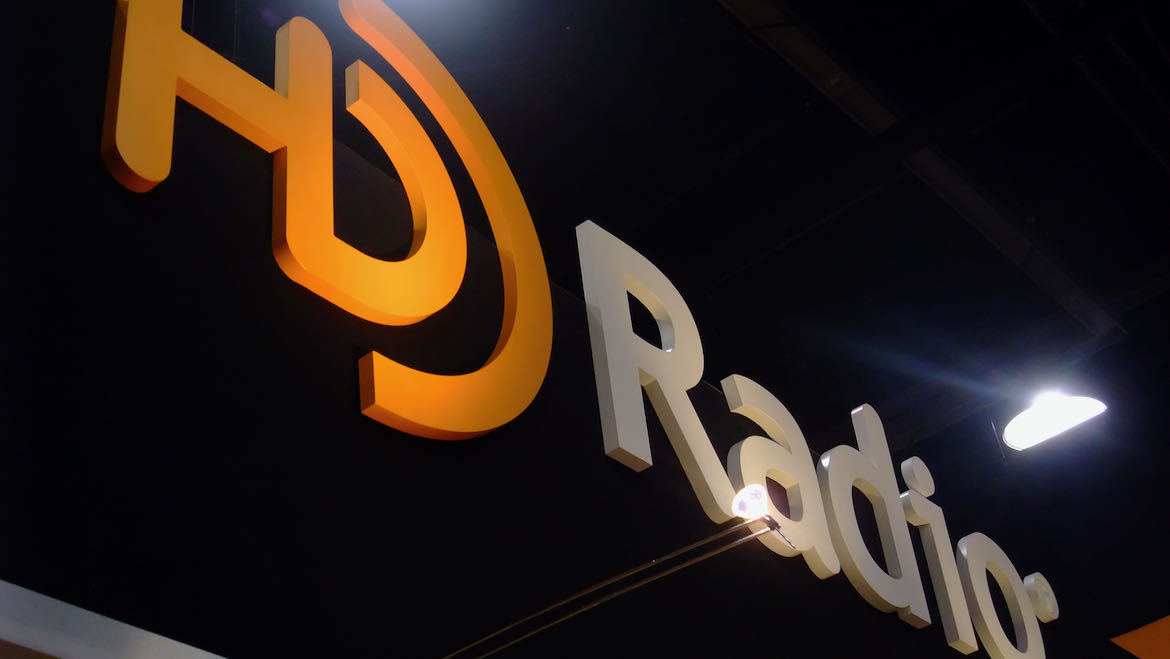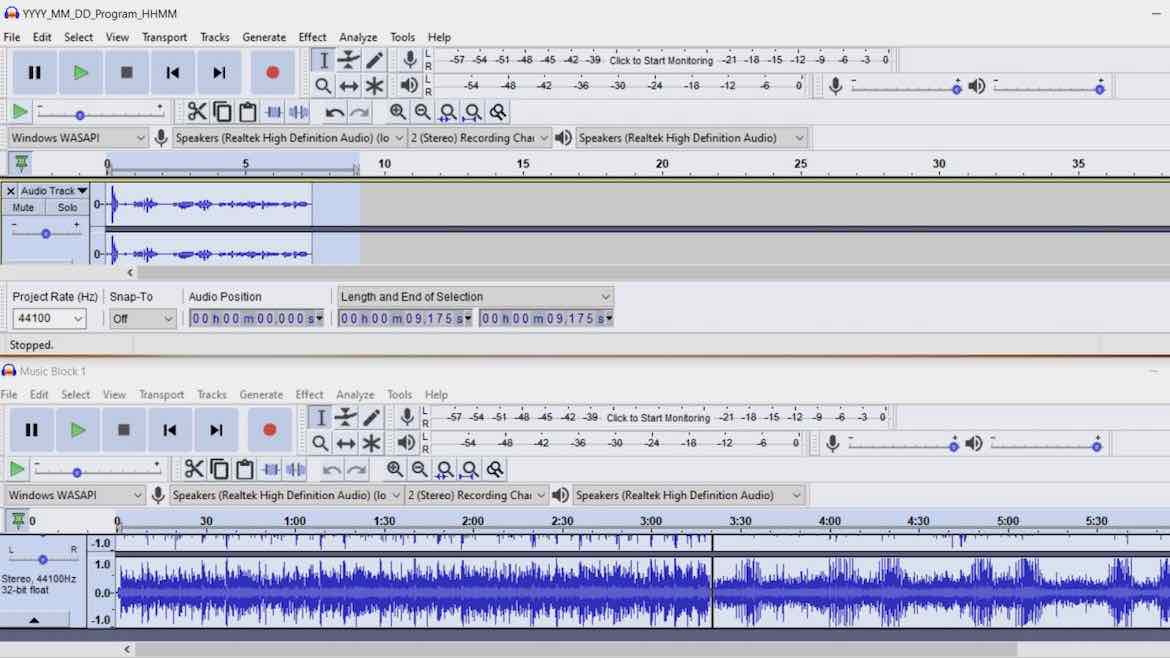Tech
How KQED is using AI to explore the future of news audio
In partnership with Google, KQED and an AI-services provider ran tests to determine how to reduce errors in news audio transcripts and, ...Acast acquisition will ‘supercharge’ RadioPublic’s development
An Acast executive said RadioPublic "brings even better tools and deep ... secret-sauce technology" to the Sweden-based podcast company.Windscreens, Post-Its and DAWs: more tech tool recommendations from our readers
We still love technology, always and forever.Watch our webinar about ATSC 3.0 and HD Radio
We discuss these technologies with Steve Bass, CEO of Oregon Public Broadcasting.Apps, treadmill desks and off buttons: tech tool recommendations from our readers
We asked people in public media to tell us about the software, gadgets and gizmos that are making their lives easier.Public TV’s early adopters prepare to put ATSC 3.0 plans into action
Proponents remain bullish about the technology’s prospects but see plenty of challenges in the year ahead for public broadcasters.As some stations end HD Radio signals, others hold out hope for audience adoption
HD Radio may not have met high expectations in the industry, but some station leaders still see value in its capacity to ...Service-boosting ATSC 3.0 technology clears ‘important hurdle’ with FCC ruling
The commission didn't give public broadcasters everything they wanted, but a Jan. 19 decision paves the way for implementing distributed transmission systems ...Public media owners agree to sell Pocket Casts podcast platform
The plan to sell Pocket Casts is in "early stages of development," according to an NPR spokesperson.Public TV advocates hail FCC ruling on ATSC 3.0
The commission is giving noncommercial TV stations a break on several rules and fees, a move that public broadcasters hope will lead ...With smart speakers, Aspen Public Radio aims to help older adults feel more connected
The project's initial phase will provide about 40 smart speakers to people in assisted-living facilities.Public Media Group partners with tower owner for bigger single-frequency network footprint
A new alliance with American Tower gives PMG access to more than 40,000 towers around the country where it could potentially locate ...FCC resolves ‘big regulatory hurdles’ to public TV’s ATSC 3.0 rollout
Pubcasters didn't get everything they wanted, but America's Public Television Stations COO Lonna Thompson said the commission's solution for simulcasting difficulties is ...How to record a music show at home with Audacity
With equipment you probably have at home already, you can create a program even during the pandemic.Public Media Group buys WGBH share in Public Media Management venture
WGBH's decision to sell its interest in PMM is part of a pattern in which the Boston-based public media giant has incubated ...



